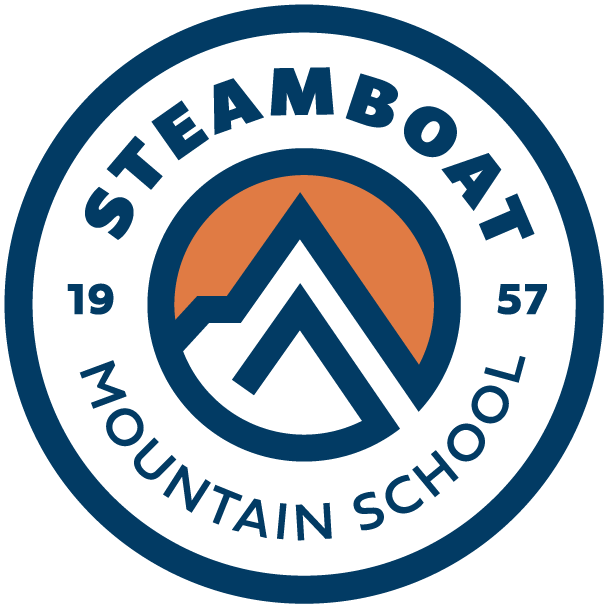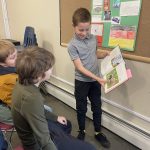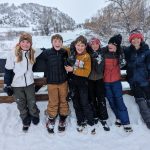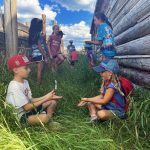Authentic Assessment
Mountain Connection, October 24, 2022
By: Jed Donnel
Paper, bridge design, 3-D model, and presentation: the ingredients for an engaging approach to mathematics. For Emily Spangler’s Applied Math course, students recently completed the sort of project-based assessment that best exemplifies the complex ambition of “authentic assessment.” Rather than the traditional ‘plug-and-chug’ requirements for a standard math test, which is usually a summative assignment meant to demonstrate what a student knows by the end of a unit, authentic assessment includes a much more dynamic and thorough approach. Students need to take what they’ve learned (mathematics, in this case) and apply them to a new concept, preferably with an audience in mind as is the case with Emily’s assignment. Their transference of knowledge requires creativity, flexibility, critical thinking and independent decision making; rather than knowing only the correct answer, they need to determine how correct answers matter when applied to a real-world undertaking. Plus, they learn a lot in the process of creation, since they see what fails (whether in the math or the design) and therefore how to fix it to get to their desired results.
The project unfolded over a few weeks. To begin, Emily gave them examples within her own, personal perspective: first-hand accounting of similar material that she had studied, and the students thereby conceptualized how all the decisions involved in building a bridge matter to real people. Students needed to sustain a personalized point-of-view throughout the study. Where should the bridge be built, and why? What are the ecological conditions of the area? Does it flood regularly? Is the river in a deep canyon or edged by porous materials? How might the existence of a bridge in the area impact the lives of the people who live there? What should the materials be, and how would they get there? What type of bridge would be best suited based on the actual conditions? Such questions guided their research process and gave them context and motivation for how to apply the math they were learning in sequence. Since the answers that each student needed to generate were both unique to the areas they chose to study and plausibly real in impacting actual communities, the students knew that they needed to be accurate in learning how and why specific mathematics and properties of physics would cause their own designs to succeed or to fail. They wrote a paper to function as a proposal, which highlighted their research in detailed terms and included their investigation into the factors surrounding not just the bridge itself, but the task of actually building it. Next, they learned and used new mathematical concepts to engineer a design on paper and to thereby account for such variables as dead load force, live load force, horizontal load force, and the degree measurements of surrounding geological features to determine how far and at what depths to place the bases for their towers. Within the rubric that Emily supplied, they needed to explain their reasons for selecting materials based on the calculations of their designs and the impact on people. Would the local inhabitants be involved in the building, for example? Would materials be local or imported? They needed to explain safety factors and produce scale drawings, to calculate factors of tower height and hoisting sag. They needed to be exact. Lastly, they transferred their design concepts to the building of a 3-D model, which they presented orally to their peers (the class period that I was fortunate to observe). They explained their decisions regarding environmental impact, cultural and political impact, and the practical functions for what their bridges could accomplish. Over four to six minutes, they needed to be organized, professional, and well-spoken, aspects that do not easily occur within a traditional math course but that are critical in the real world. Not surprisingly, they all provided an engaged and empathic audience for each other, in part because they were all responsible for the same complex requirements, but largely because they each shaped the rubric to fit their own interests and that the results they produced were immediately applicable (at least hypothetically) to actual people.
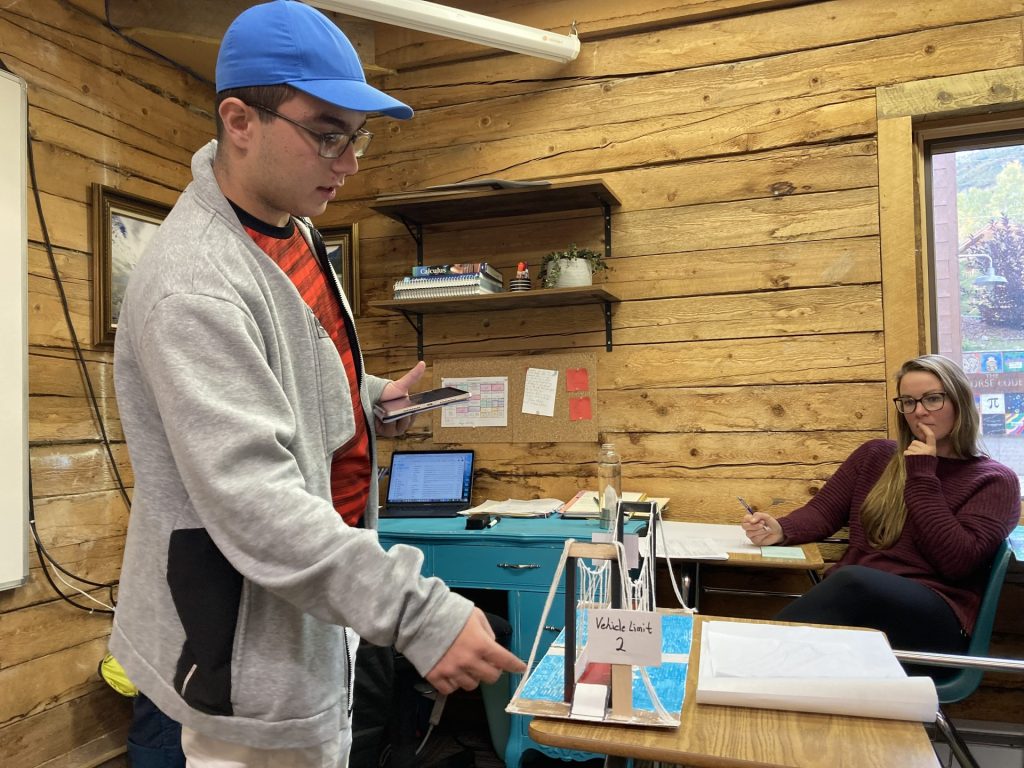

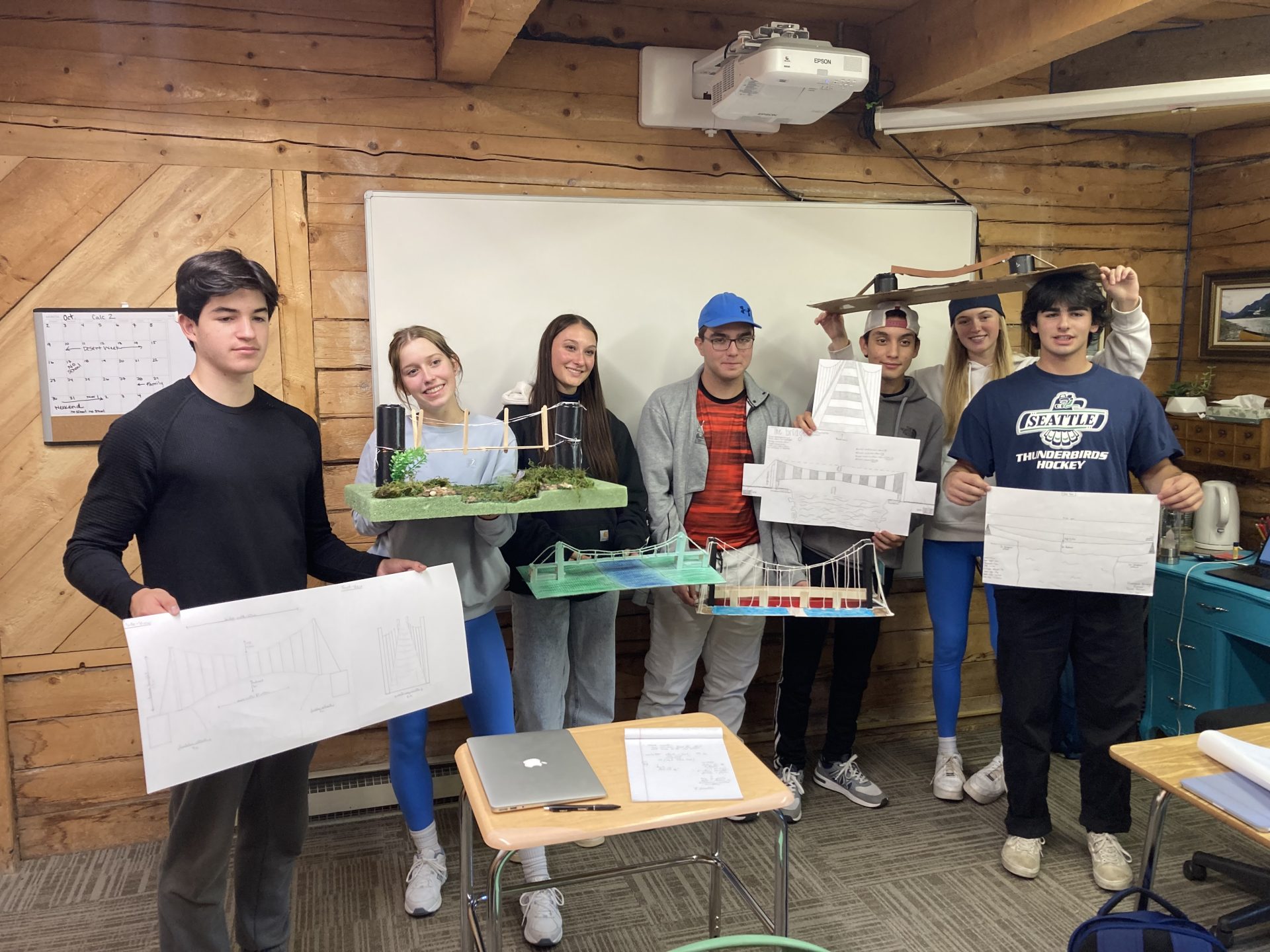

Curious about our Strings program?
